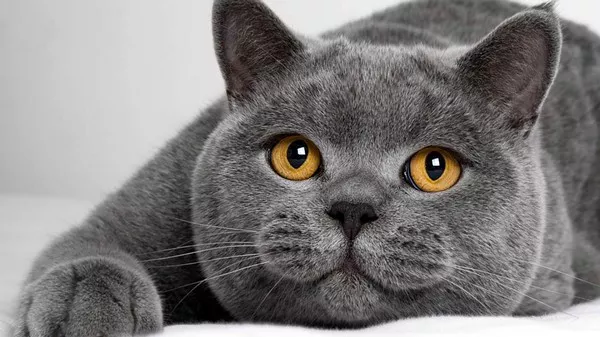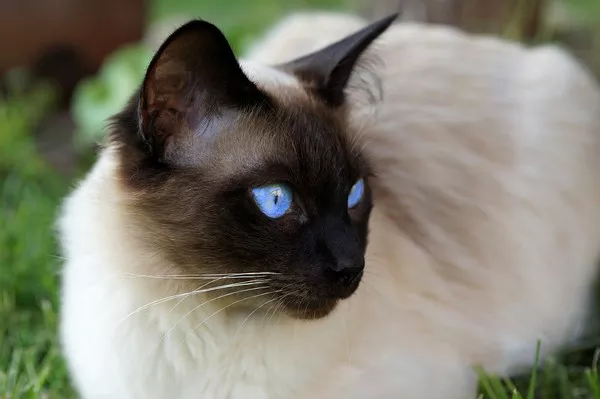As responsible cat owners, we are constantly concerned about the well-being and dietary needs of our feline companions. One question that often arises is whether cats can safely consume rice as part of their diet. Rice is a staple food in many cultures around the world, but does it provide any nutritional benefits for our beloved pets? In this article, we will explore the topic of cats and rice, discussing its potential benefits, risks, and considerations to help you make informed decisions about your cat’s diet.
Understanding a Cat’s Dietary Needs:
Before delving into the specifics of feeding rice to cats, it is essential to understand the unique nutritional requirements of these carnivorous animals. Cats are obligate carnivores, which means they rely primarily on animal-based protein for their dietary needs. Unlike omnivores, such as humans, cats lack specific enzymes necessary to digest and derive nutrients from plant matter efficiently. Their bodies are adapted to obtain essential nutrients like taurine, arachidonic acid, and vitamin A from meat sources.
The Role of Carbohydrates in a Cat’s Diet:
Carbohydrates, including rice, are not a natural component of a cat’s diet. While carbohydrates serve as an energy source for humans and some other animals, cats have a limited ability to metabolize and utilize them effectively. In the wild, cats consume minimal amounts of carbohydrates, if any at all, as their diets primarily consist of prey animals.
Potential Benefits of Feeding Rice to Cats:
While rice may not be a necessary component of a cat’s diet, some cat owners choose to include small amounts of cooked rice in their pet’s meals. Here are a few reasons why rice might be offered to cats:
1. Digestive Upset: Cooked plain rice can be used as a bland diet to help soothe an upset stomach or alleviate temporary gastrointestinal issues in cats. The easily digestible nature of rice may provide temporary relief from diarrhea or gastric distress.
2. Weight Management: Rice is relatively low in fat and can be used as a filler ingredient in homemade cat food recipes to help create a feeling of fullness, which may aid in weight management for overweight cats.
3. Allergies or Food Sensitivities: In some cases, cats may have allergies or sensitivities to specific protein sources. In such instances, rice may be used as an alternative carbohydrate source in hypoallergenic diets formulated by veterinarians.
Risks and Considerations:
While rice can have potential benefits for cats in certain situations, there are also risks and considerations that need to be taken into account:
1. Nutritional Imbalance: Feeding large amounts of rice or making it a significant part of a cat’s diet can lead to nutritional imbalances. Cats require high-quality animal-based protein to thrive, and excessive carbohydrates can displace essential nutrients from their diet.
2. Obesity: While rice can be used as a filler ingredient for weight management, overfeeding it can contribute to obesity in cats. Obesity is a common health issue among domestic cats and can lead to various other health problems.
3. Diabetes: Carbohydrate-rich diets, including those containing rice, can increase the risk of diabetes in cats. Cats have a limited ability to process large amounts of carbohydrates, which can disrupt their blood sugar regulation.
4. Potential Allergies: Although rare, some cats may develop allergic reactions to rice. It is important to monitor your cat for any signs of adverse reactions, such as skin irritations, gastrointestinal upset, or respiratory issues, when introducing new foods.
Properly Introducing Rice into a Cat’s Diet:
If you decide to introduce rice into your cat’s diet, it is crucial to do so gradually and in moderation. Follow these guidelines for a safe and smooth transition:
1. Consult a Veterinarian: Before making any significant changes to your cat’s diet, consult with a veterinarian who can provide personalized guidance based on your cat’s specific needs and health condition.
2. Start with Small Amounts: Begin by offering a small portion of cooked plain rice mixed with your cat’s regular food. Observe how your cat responds over several days before gradually increasing the amount if there are no adverse reactions.
3. Monitor for Allergic Reactions: Keep a close eye on your cat for any signs of allergies or sensitivities when introducing rice. If you notice any concerning symptoms, discontinue feeding rice and consult your veterinarian.
4. Balance the Diet: Ensure that rice, if used, does not exceed 10% of your cat’s total caloric intake. It should never replace high-quality animal protein sources in their diet.
Conclusion:
While cats are obligate carnivores and have limited nutritional requirements for carbohydrates, small amounts of cooked plain rice can be incorporated into their diet under specific circumstances. Rice may provide temporary relief for digestive upsets, serve as a filler ingredient for weight management, or be used in hypoallergenic diets.



























